Your SaaS product’s principal goal is to empower customers—to help them solve problems, achieve their business goals, and streamline business efforts.
To put it simply, your product should help customers on their journey to success.
However, to accomplish this, users require some guidance.
They can’t be expected to expertly maneuver all of your features nor take advantage of all possible integrations—not independently. Someone has to point them in the right direction.
Consequently, customer success emerged. Although a relatively new discipline, this profession is now essential for every growing SaaS company.
If you’re unsure why, keep reading; this article covers everything customer success-related.
What Is Customer Success
At first glance, customer success might seem like a revised term for customer service or maybe a particular subset of it.
However, the two occupations are actually only connected via one common denominator—customer-centricity.
Apart from their shared customer-focused gaze, each department is its own unique discipline.
The chief difference lies in customer approach. Customer service is a reactive, problem-solving department that acts only after users reach out with inquiries or problems.
Customer success, on the other hand, is a proactive effort to find solutions for problems before they occur.
This forward-facing department tries to create the best possible user experience by anticipating customer needs in advance.
Ryan Engley described the difference well:
A customer may email the support team about their landing pages and say, 'Hey, I need help implementing a sticky navigation bar. How do I do that?' They'll jump in and help them figure out the code to set up. A conversation with the customer success team, on the other hand, might start with, 'Why is that something that you think you need? Let's talk about your bigger strategy.
In other words, customer success is always focused on the future, consistently devising strategies that empower customers.
In line with that model, you’ll often find the following roles in a customer success team:
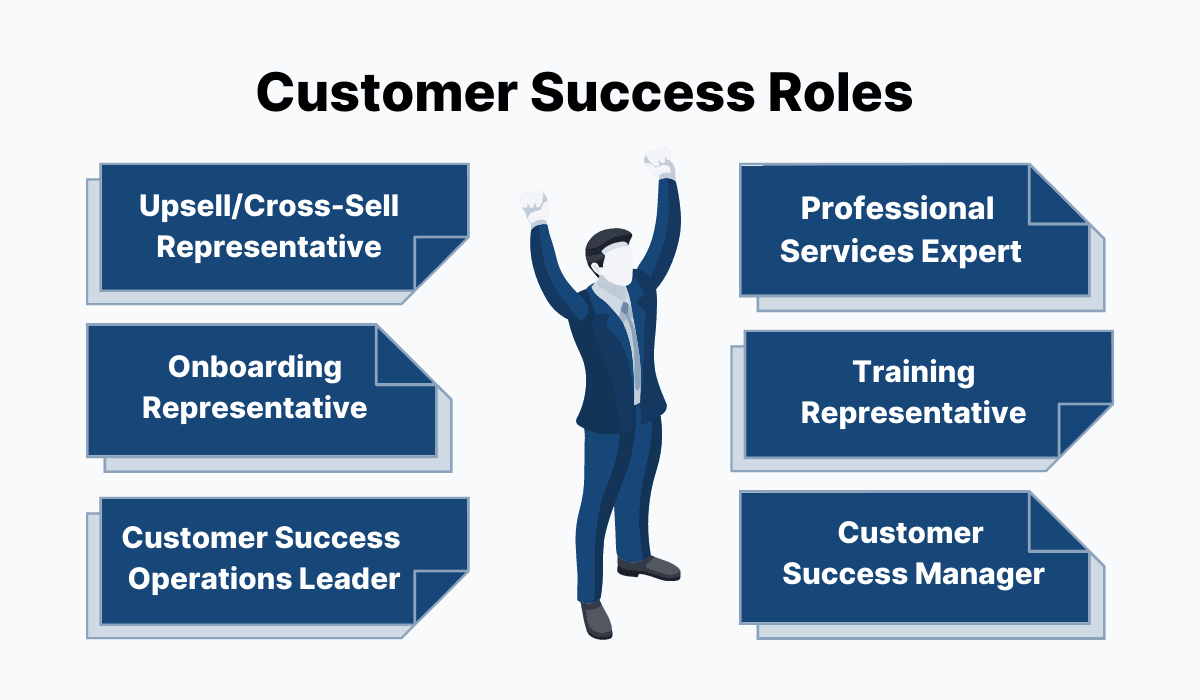
Source: Archbee
Each position is designed to help customers receive additional value from your product.
For example, an upsell/cross-sell specialist guides users toward plan upgrades or additional features that would benefit them.
By contrast*,* aprofessional services expert provides individual solutions—they build bespoke integrations or customized functionalities, only available for that one customer.
Onboardingand training representativesare more straightforward; they introduce and educate users on your product and demonstrate some best practices.
The individual aligning all these workflows and processes is the customer success operations leader.
Finally, the customer success manager oversees all roles’ progress, continuously improving strategies for every customer success component.
When all these positions unite and perform their tasks well, customers will always feel cared for.
For example, this is how Baremetricsreacted after learning customers were unhappy about their limited features:
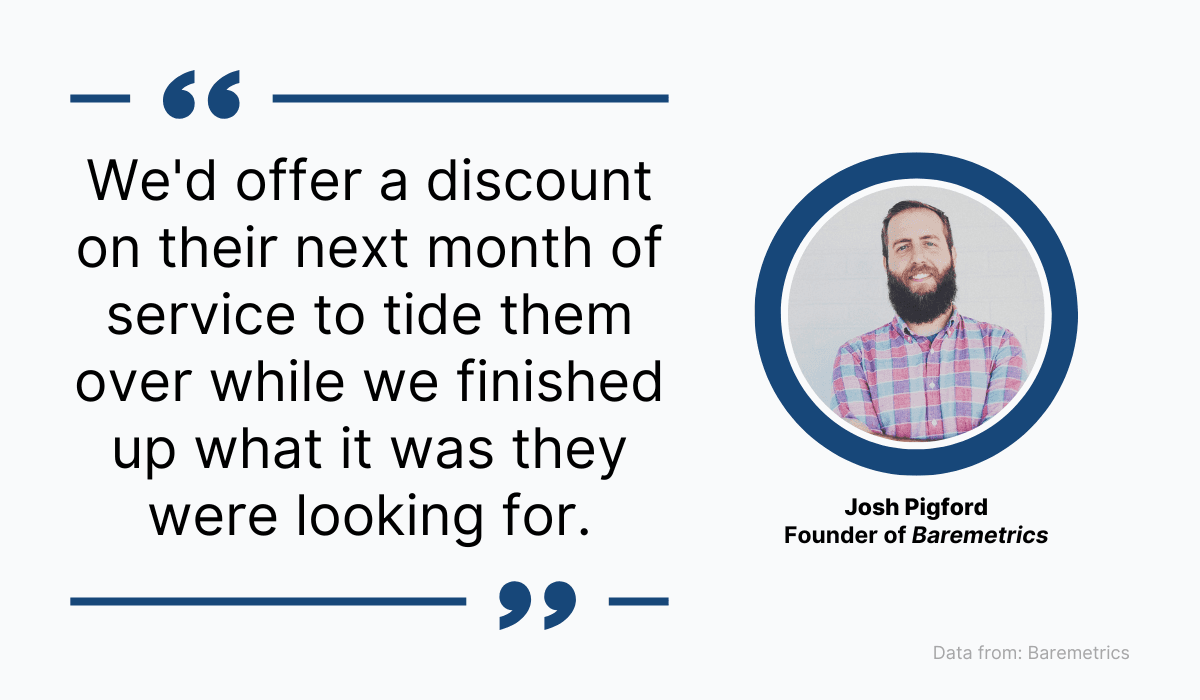
Source: Archbee
After realizing their users disliked the (lack of) features available, Baremetrics immediately threw themselves into designing new functionalities.
However, they also offered a discount on the upcoming subscription payment, trying to soften the blow of the waiting period.
This response proves how highly Baremetrics values its users and demonstrates its commitment to the success of its customers.
They helped customers receive maximum value from their software, therefore increasing user satisfaction.
Why Is Customer Success Important for SaaS
Businesses wouldn’t exist without customers. For a company to prosper, someone has to buy your product or service.
Otherwise, there’s no source of revenue, meaning that customers are the lifeblood of every business. Consequently, they should also be your biggest priority.
This is why customer success is so crucial.
The department ensures that users have a pleasant experience; its chief focus is empowering customers to use products in a way that benefits them the most.
Your customers will recognize this hard work and are sure to value a business with their best interests at heart.
If you’re consistently loyal to your customers’ success, they’ll become loyal to your brand.
This is hugely important, as research has demonstrated the benefits of loyal customers. Look at the numbers:
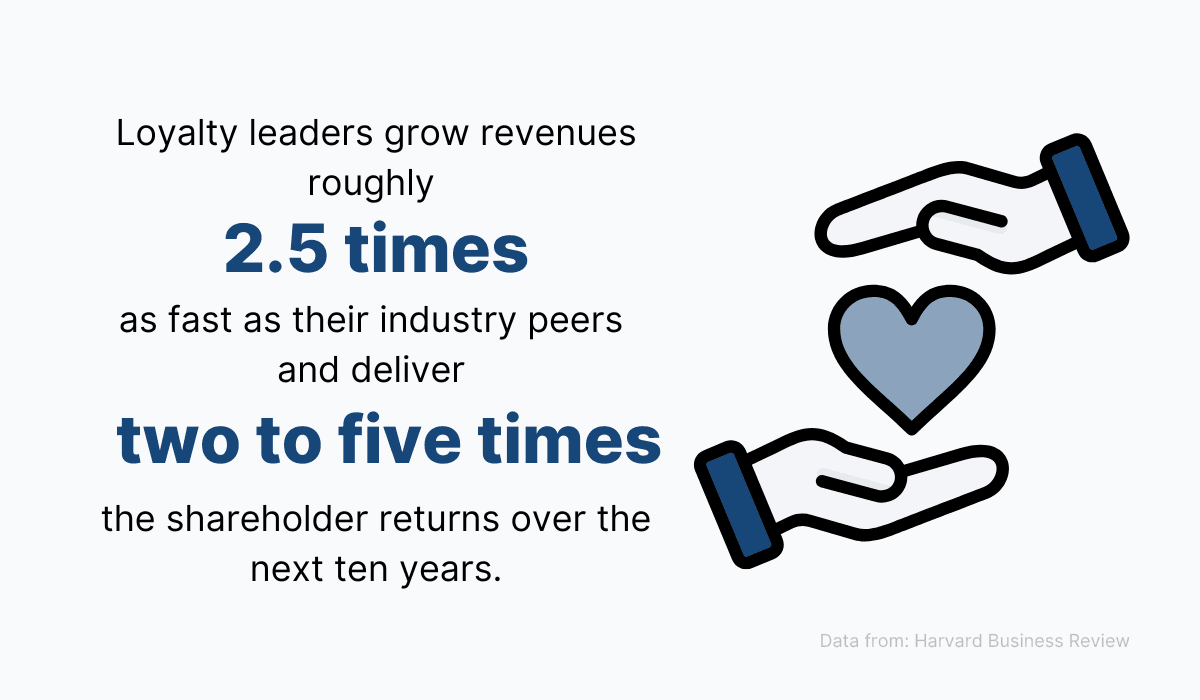
Source: Harvard Business Review / Image: Archbee
Loyalty leaders—those companies dominating their industries in Net Promoter Scores or satisfaction surveys for three or more years—are clearly doing well, and the secret to their success lies in their customers’ loyalty.
With a high-performing customer success team, your company can accomplish similar results.
There’s a reason why customer loyalty is so sought after—maintaining it is much more profitable than acquiring new customers.
Ali Cudby, the CEO of CXology, has confirmed this:
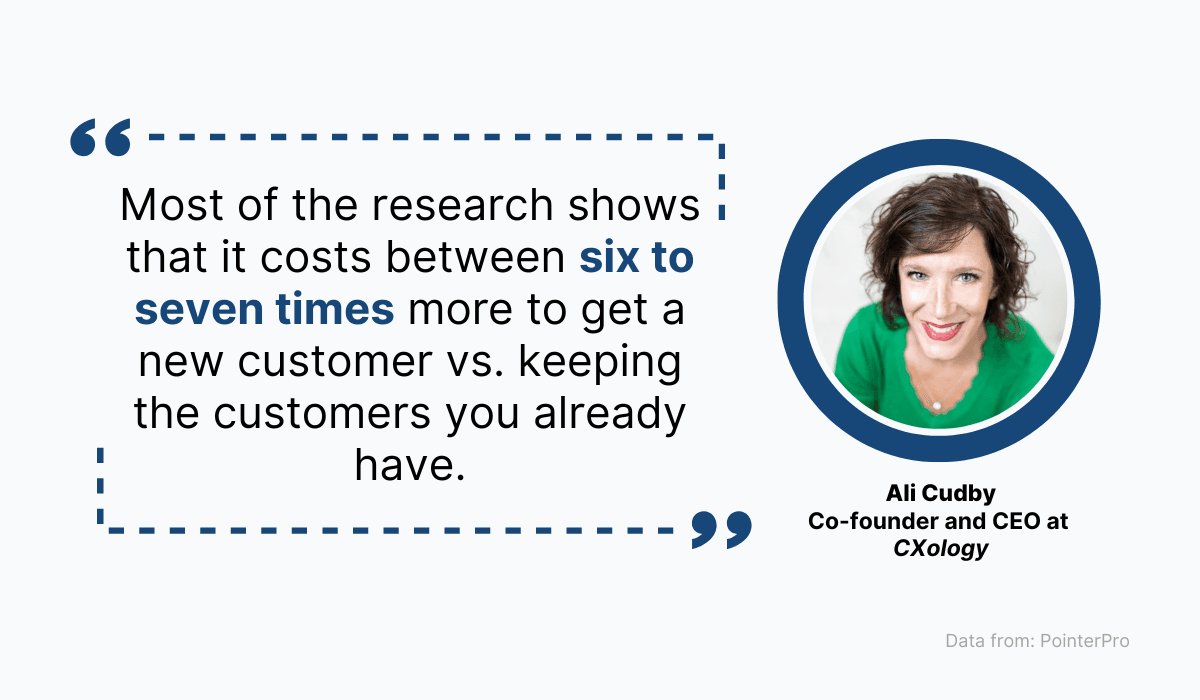
Source: Archbee
Continuously winning over new customers is markedly more expensive than retaining your existing user base.
It takes time to find new customers, marketing materials to attract them, and salespeople to convince them.
However, if your existing customers are happy, they’ll do this work for you. They’ll leave positive reviews, refer you to potential new customers, and purchase additional products.
They’ll be committed to your brand, and your profits will automatically grow.
The former CEO of eBay, Meg Whitman, has proof:
If you just do the math off our quarterly financial filings, you see that we're spending less than $10 to acquire each new customer. The reason is that we are being driven by word of mouth.
However, a prerequisite for this free advertising is satisfied users.
This is why customer success is so essential—it ensures your customers are pleased and it's the main force behind customer retention.
Rapid 7’s Eva Klein perhaps summed up the motivation behind customer success best:
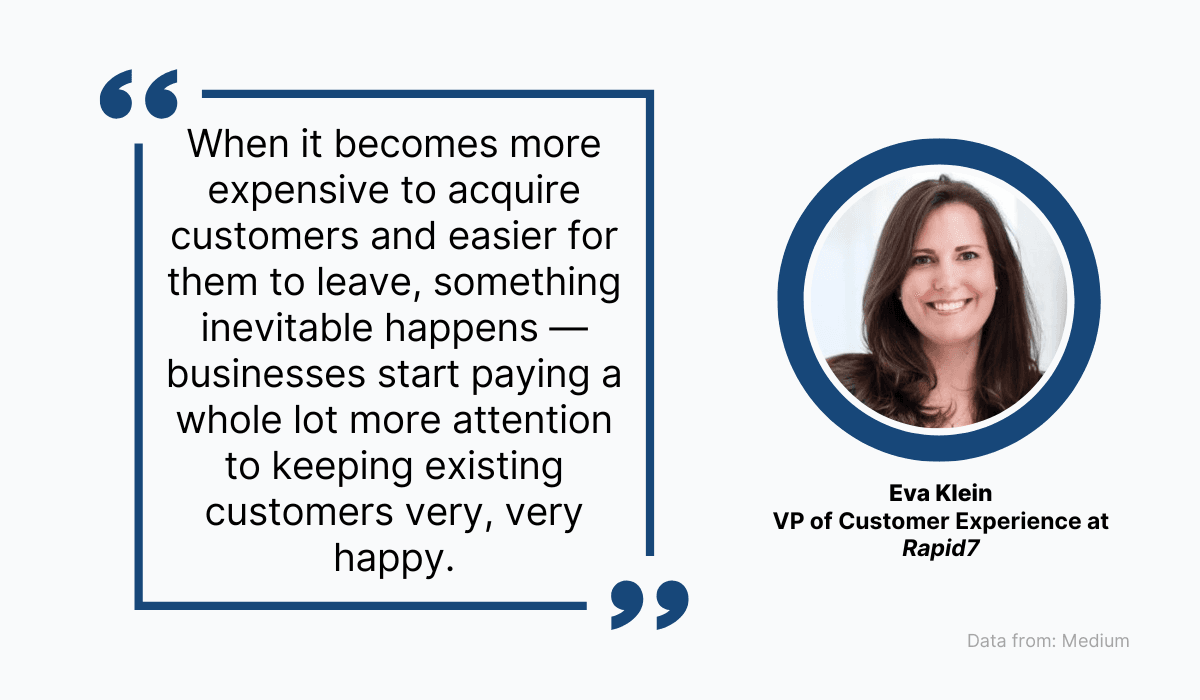
Source: Archbee
This is the core reason why customer success emerged as a profession.
The department consistently empowers existing customers, boosting customer loyalty and retention and, ultimately, increasing revenue.
How Can You Measure Customer Success
To ensure your customer success team is performing well, you’ll have to measure the result of their efforts somehow.
Without precise numbers to indicate customer performance and behavior, there’s simply no way to know if your customer success strategy is effective.
Angela White, a product analyst at ProProfs, explained why she utilized customer success metrics:

Source: Archbee
With such data-driven intelligence, you can determine how satisfied your customers are with your software and service, and their general feelings toward your company.
The best metrics for the job are detailed in the following sections.
Customer Lifetime Value
The customer lifetime value represents the total revenue a company can anticipate from a single customer throughout their professional relationship.
In other words, it calculates the expected profits each customer will bring.
This measurement is instrumental, as it quantifies the arguably most important metric in any business—revenue.
Here’s how to calculate the customer lifetime value:
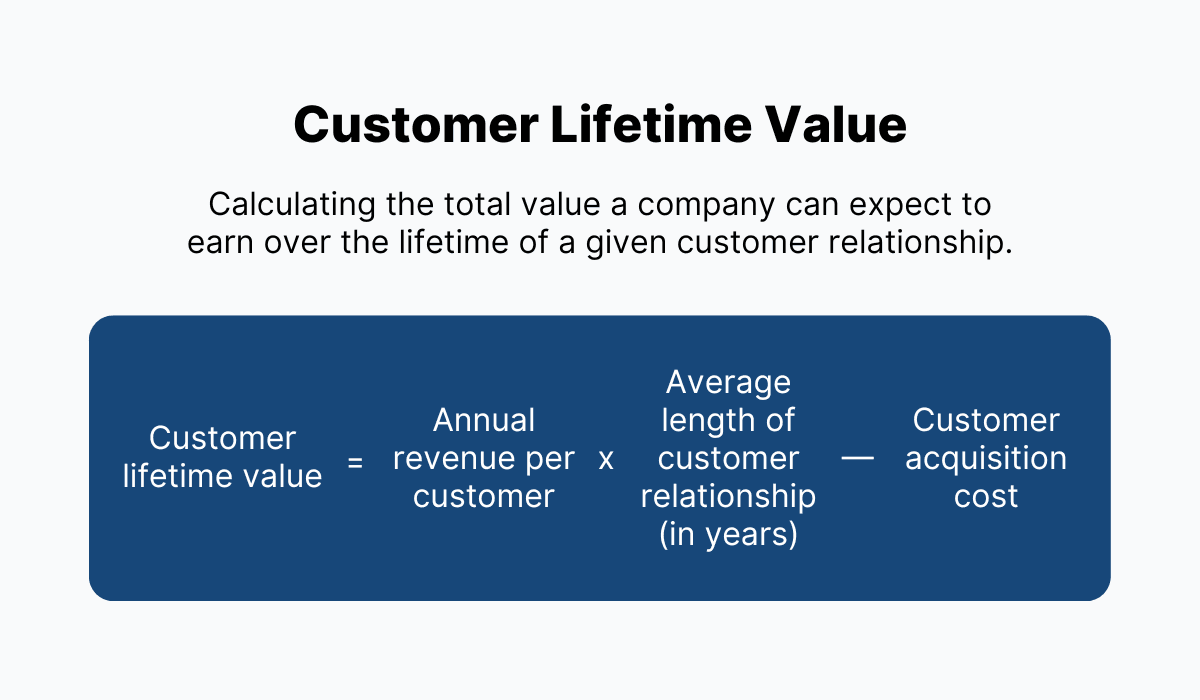
Source: Archbee
Your customer success team should be able to increase the two multiplied variables and therefore increase your total customer lifetime value.
Annual revenue per customer can rise via upselling and cross-selling efforts, whereas the average length of a customer relationship should grow with consistent care and attention to customer needs.
Both components should naturally improve with the efforts of your customer success team.
Generally speaking, a higher customer lifetime value points to a higher-performing customer success team.
Customer Retention Rate
To help your customers benefit from your product, you first need to have customers.
Here, the customer retention rate is instrumental, as it indicates the number of users who continued using your product during a specific time frame.
In other words, you’ll learn which percentage of customers your business retained, or how many customers were happy enough to stick around.
The visual below displays the customer retention rate formula:
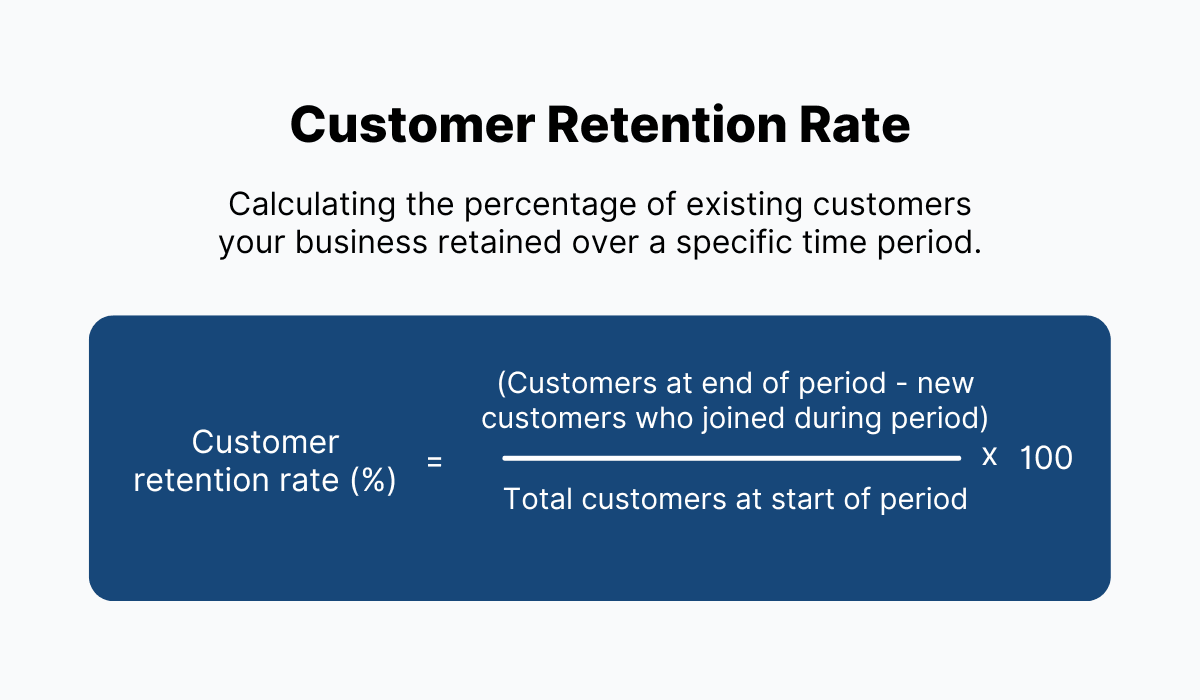
Source: Archbee
The time period can be however long suits you (one month, one quarter, one year, etc.) as long as you’re consistent.
For example, if you measure quarterly, then really do measure four times a year, not three, as this will result in incorrect data.
The higher the customer retention rate, the more effective your customer success team is. If users remain, they’re clearly satisfied, and your customer success efforts have paid off.
Customer Satisfaction Score
Finally, the third essential customer success metric is the customer satisfaction score.
This measurement illustrates how satisfied your customers are with your company.
However, these calculations don’t utilize internal company data but are derived from real customer feedback.
As such, the first step to calculating this metric is distributing a user survey. Here’s a sample question:
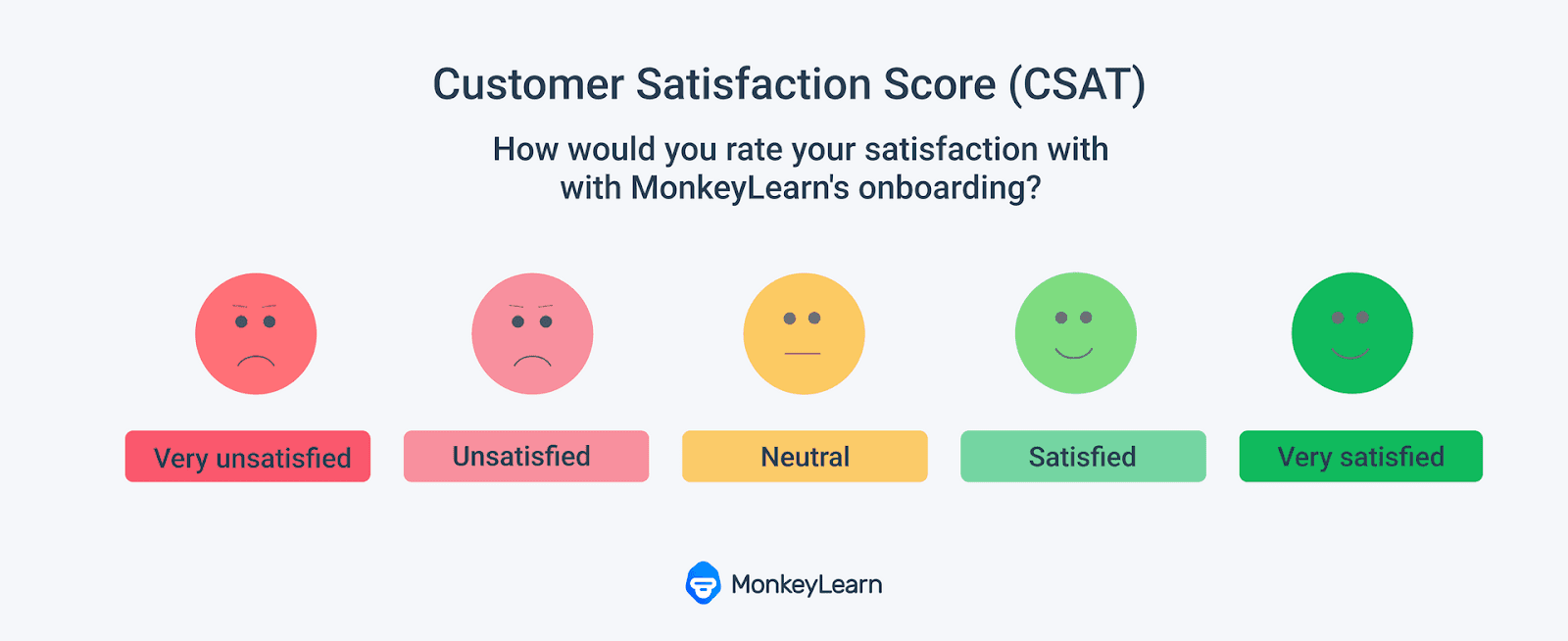
Source: MonkeyLearn
Although these surveys can address general customer satisfaction, this particular question is targeted toward a specific MonkeyLearn product experience.
With this approach, you can gauge which software features perform worse than others and then refocus on that product segment.
Once you’ve gathered enough responses, the customer satisfaction score is calculated as follows:
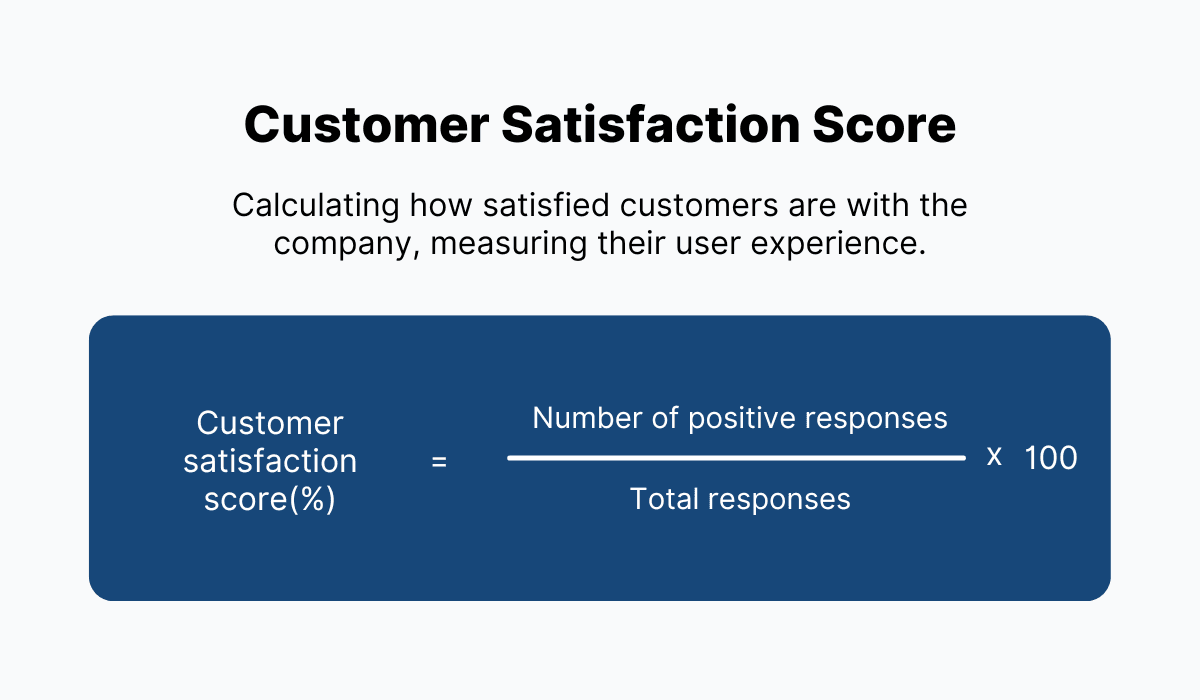
Source: Archbee
In our previous MonkeyLearn example, “satisfied” and “very satisfied” would both be considered positive responses.
A high customer satisfaction score is proof of an efficient customer success team, as they’ve clearly managed to provide a quality user experience.
How to Achieve Customer Success
The main goal of customer success teams is to make customers, well, successful. Towards that end, there are multiple different tactics to improve user experience.
Even minor changes can make a huge difference. For example, including a small pop-up window with a message explaining newly added features will already surely aid your customers.
Even improving a customer experience aspect by a little is still better than not improving it at all.
The following sections will outline some methods customer success teams can employ to improve their product by empowering users.
Guide Customers Toward Their Aha! Moment
One of the most critical steps in a customer’s journey is the Aha! moment—when a customer realizes a product’s true value.
This moment is crucial, as it’s a significant incentive for the customer to continue using your product. You want users to experience it early on, so it’s essential to guide them to it.
One easy way to do so is via in-app messaging. Here’s an example:
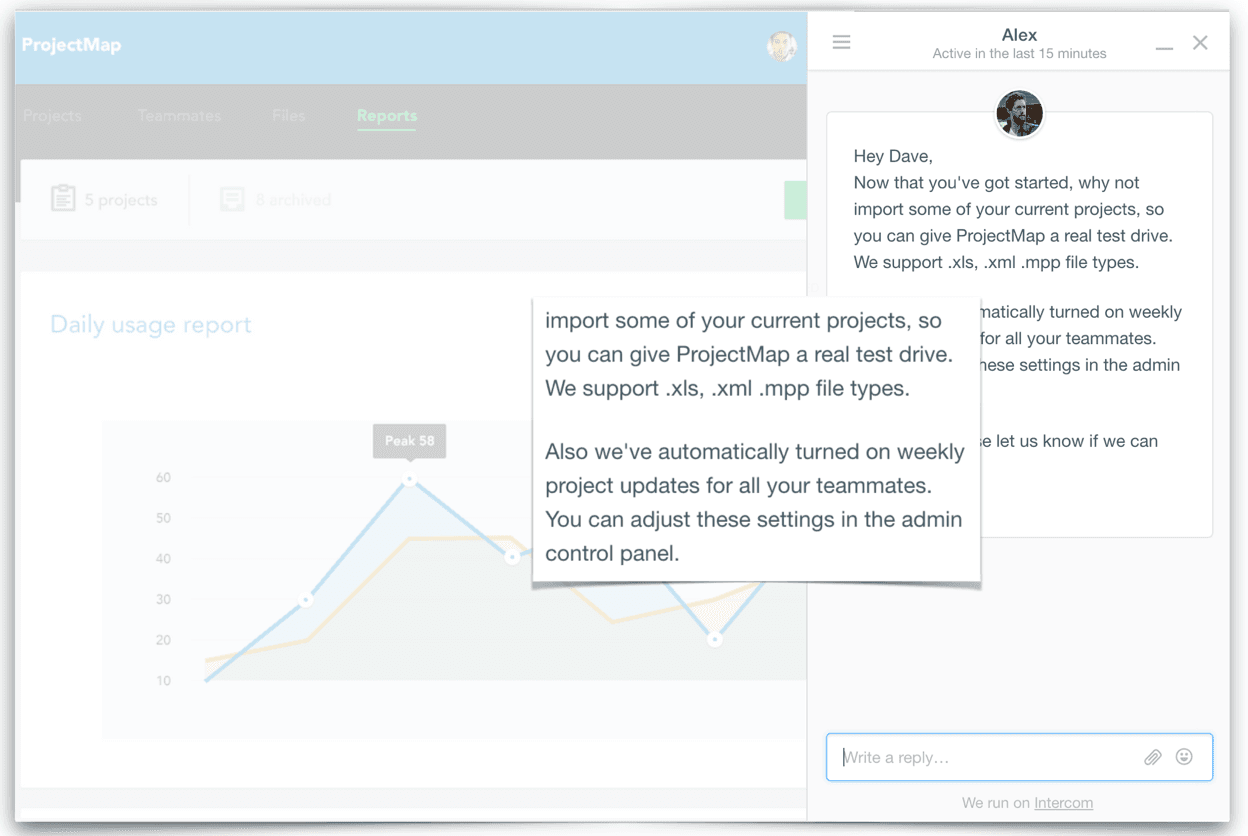
Source: Intercom
The pop-up message explains several core product functionalities, any of which could be an Aha! moment.
Either they’d be thrilled that they can import existing projects or will realize the benefits of automatic, customized updates.
However, without the pop-up box to convey this information, it’s questionable when (or if) the user would discover these features independently.
With the additional guide, the user can immediately experience the Aha! moment and understand the product’s value.
Have a Knowledge Base for Self-Service
If your users have questions or problems, they’ll require assistance.
There are several methods they can achieve this—calling customer service, sending an email, or reading a knowledge base.
The third option is perhaps the most lucrative because customers can learn at their own convenience.
Instead of waiting for an email response or staying on the phone, they’ll be able to educate themselves independently.
Ultimately, a knowledge base provides education, therefore allowing customers to achieve success on their own.
When building your knowledge base, it’s well worth investing in a documentation platform tool like Archbee.
This resource offers countless organizational benefits, and deep-search functionality customers can utilize to quickly find the information they need.
Here’s a preview:
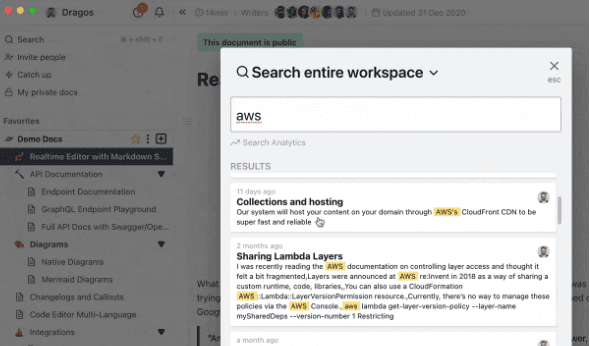
Source: Archbee
Users can easily find any information they need with these comprehensive results.
Such easily-navigate articles will greatly facilitate customer education, as customers can effortlessly learn about the product.
Improve Your Product Based on Feedback
Despite how intuitive you think your onboarding is or how proud you are of specific features, this doesn’t mean your product is finished once you launch it.
After all, you’re not the one using your product daily—your customers are.
Your product exists to help customers achieve their goals, meaning they’ll know best what changes will improve it. In other words, it’s essential to ask for user feedback.
If you’re unsure how, here’s a strategy to follow:
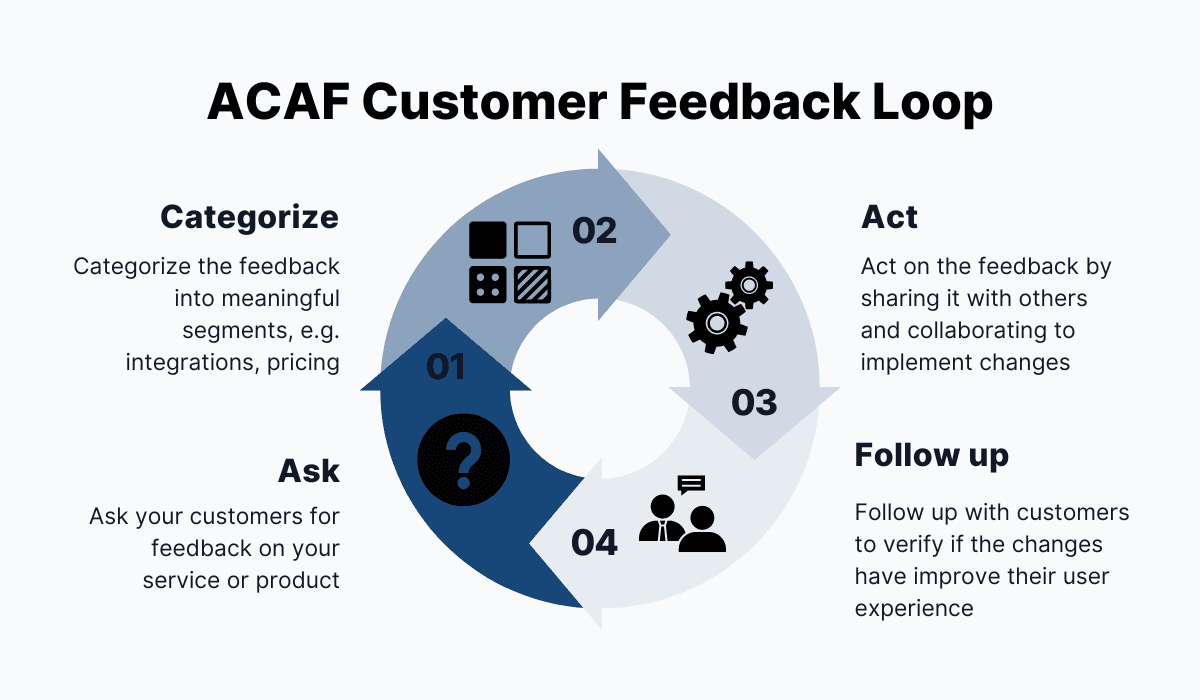
Source: Archbee
The first step is asking for feedback through in-app surveys, email campaigns, or live conversations.
After receiving feedback, it should be categorized into a relevant grouping (e.g., integrations, onboarding) for easier organization.
Then it’s time to act—to implement changes and try to meet customer expectations.
Finally, don’t forget to follow up and verify with customers that the new development has improved the product.
Stick to this framework, and your product should improve in line with user wishes.
Conclusion
A profession dedicated to ensuring customers receive maximum value from the product, customer success tries to craft the best possible user experience.
With a well-executed customer success strategy, you’ll inspire loyalty among your customers and increase your retention rate, therefore also boosting revenue.
To measure the customer experience, track the customer lifetime value, customer retention rate, and customer satisfaction score.
As to customer success strategies, ensure to guide customers towards the Aha! moment, build a knowledge base, and collect customer feedback.
Ultimately, customer success is a crucial SaaS component that, when accomplished effectively, should result in your business’s success.
Frequently Asked Questions
The core goal of a SaaS product is to deliver measurable customer outcomes—helping users solve real problems, reach their business goals, and streamline how they work. That means making the product easy to adopt, delivering value quickly, and continuing to add value over time through education, integrations, and improvements. When customers consistently achieve success with your product, retention and growth naturally follow.



